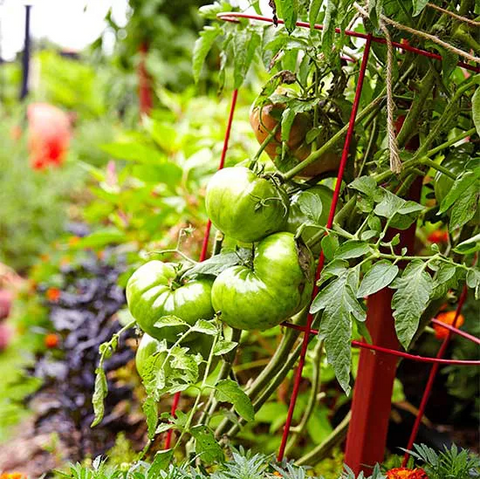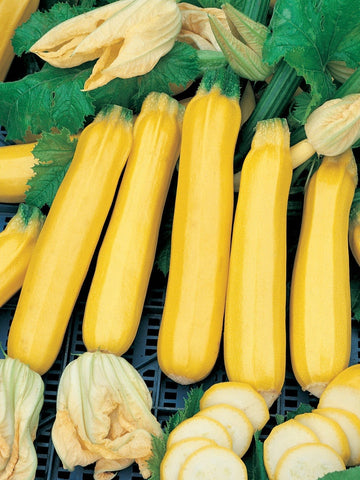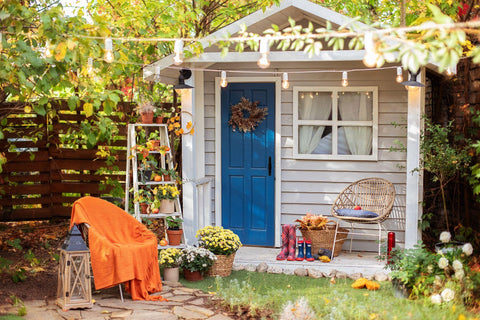Gardening enthusiasts are always on the lookout for unique and exotic plants to cultivate in their outdoor spaces. While many exotic plants thrive in specific climates, there's a way to bring a touch of the extraordinary to your garden, even if you live in a region with less-than-ideal conditions. Raised beds, with their improved soil control and drainage, offer an excellent solution for growing exotic and unusual plants that might not otherwise flourish in your area. In this comprehensive guide, we'll explore the world of growing exotic and unusual plants in raised beds, from selecting the right plants to providing the optimal care they need to thrive.The following content also has some reference value for raised garden beds.

The Appeal of Exotic and Unusual Plants
Exotic and unusual plants have an undeniable allure for gardeners and plant enthusiasts. Here are some reasons why gardeners are drawn to these exceptional specimens:
- Unique Aesthetics: Exotic plants often feature captivating foliage, intriguing flowers, or unusual shapes that stand out in any garden.
- Botanical Adventure: Cultivating exotic plants allows gardeners to embark on a botanical adventure, exploring different species and learning about diverse ecosystems.
- Conversation Starters: Exotic and unusual plants make for excellent conversation pieces and can be a source of pride for gardeners.
- Biodiversity: Incorporating exotic plants into your garden can contribute to increased biodiversity and create a habitat for pollinators and beneficial insects.
- Personal Satisfaction: Successfully nurturing exotic plants can be deeply rewarding, as it requires knowledge and dedication.
Raised Beds: The Ideal Canvas for Exotic Gardening
Raised beds offer several advantages for gardening enthusiasts looking to cultivate exotic and unusual plants:
- Customizable Soil: You have full control over the soil composition in raised beds, allowing you to create the specific conditions that exotic plants require.
- Improved Drainage: Raised beds typically have superior drainage compared to in-ground gardens, preventing waterlogged roots.
- Extended Growing Season: The elevated soil in raised beds warms up more quickly in the spring, extending the growing season and enabling the cultivation of plants that might otherwise be restricted to warmer climates.
- Pest and Weed Control: Raised beds can be equipped with protective covers or barriers to deter pests and minimize weed growth.
- Accessibility: The raised height of the bed reduces the need for bending and kneeling, making gardening more accessible and comfortable.
Choosing the Right Exotic and Unusual Plants
When it comes to selecting exotic and unusual plants for your raised beds, it's essential to consider factors like your local climate, available space, and personal preferences. Here are some categories of exotic plants to explore:
1. Tropical Plants
- Banana Trees: These lush plants can thrive in raised beds with rich, well-draining soil.
- Bird of Paradise: Known for their striking foliage and unique flowers, they can be grown in raised beds with full sun exposure.
- Hibiscus: These vibrant, tropical flowers are perfect for raised beds and can be overwintered indoors in colder climates.
2. Desert Plants
- Agave: These striking succulents are well-suited to raised beds with excellent drainage.
- Yucca: Known for their sword-like leaves and impressive height, yuccas can thrive in raised beds.
- Barrel Cactus: Barrel cacti are iconic desert plants that can be grown successfully in raised beds with sandy soil.
3. Ornamental Grasses
- Bamboo: Certain bamboo varieties can be cultivated in raised beds, creating a serene, Zen-like atmosphere.
- Pampas Grass: These tall, feathery grasses add a touch of elegance to raised beds.
- Japanese Blood Grass: This striking grass variety offers fiery red foliage and can be grown in raised beds with well-drained soil.
4. Exotic Flowers
- Orchids: While typically grown indoors, some orchid varieties can thrive in outdoor raised beds with the right care.
- Passionflower: Known for their intricate and exotic-looking flowers, passionflowers can be trained to climb in raised beds.
- Calla Lily: These elegant flowers can add a touch of sophistication to your raised bed garden.
Essential Care Tips for Exotic and Unusual Plants

Growing exotic and unusual plants in raised beds requires a bit of extra attention to ensure they thrive. Here are some essential care tips:
1. Research Requirements
- Understand the specific needs of each exotic plant you're growing, including light, water, and temperature requirements.
2. Soil Preparation
- Create a tailored soil mix for your raised beds based on the plants you intend to grow. Some may need sandy, well-draining soil, while others may prefer a more organic-rich mixture.
3. Watering Schedule
- Be attentive to the watering needs of your exotic plants. Some may prefer drier conditions, while others may require consistent moisture.
4. Protection from Extreme Weather
- Provide shelter or cover for your exotic plants during extreme weather conditions like frost, heavy rain, or strong winds.
5. Mulching
- Apply a layer of mulch around your plants to conserve moisture, regulate soil temperature, and reduce weed growth.
6. Pruning and Maintenance
- Regularly inspect your plants for pests and diseases, and prune as needed to maintain their shape and health.
7. Fertilization
- Use appropriate fertilizers based on the nutritional requirements of your exotic plants.
8. Support and Training
- Some exotic plants may require support structures or training to grow in a particular way. Provide these as necessary.
A Gallery of Exotic and Unusual Plants for Raised Beds

To ignite your imagination and inspire your gardening journey, here's a list of 10 stunning exotic and unusual plants that can thrive in raised beds:
- Bougainvillea: These vibrant and climbing vines produce a cascade of colorful bracts.
- Canna Lily: Known for their bold foliage and striking flowers, cannas add tropical flair.
- Sago Palm: A slow-growing, prehistoric-looking palm that can be an exotic focal point.
- Kangaroo Paw: These Australian natives have unusual, paw-like flowers in vibrant hues.
- Mexican Fan Palm: Tall and graceful, these palms can create a dramatic backdrop in raised beds.
- Alocasia: Their large, arrowhead-shaped leaves make a bold statement in any garden.
- Japanese Painted Fern: Delicate fronds with silver and purple hues add elegance to shady raised beds.
- Birds of Paradise: Often called the "Yellow Bird of Paradise," this shrub features striking yellow flowers.
- Blue Agave: The source of tequila, blue agaves have striking rosette forms.
- Bamboo Orchid: Elegant, terrestrial orchids that produce charming blooms.
Conclusion

Growing exotic and unusual plants in raised beds offers a rewarding gardening experience, allowing you to create a botanical paradise in your own backyard. By selecting the right plants, preparing the soil, and providing the necessary care, you can turn your raised beds into vibrant showcases of exotic beauty. Whether you're cultivating tropical specimens, desert gems, or unique flowers and grasses, the world of exotic gardening is yours to explore, and raised beds provide the ideal canvas for your botanical masterpiece. So, embrace the extraordinary and embark on a journey to cultivate the most captivating and unusual plants in your raised beds, and watch as your garden transforms into a haven of exotic allure.









